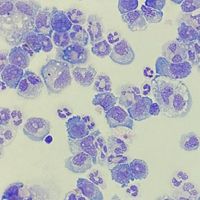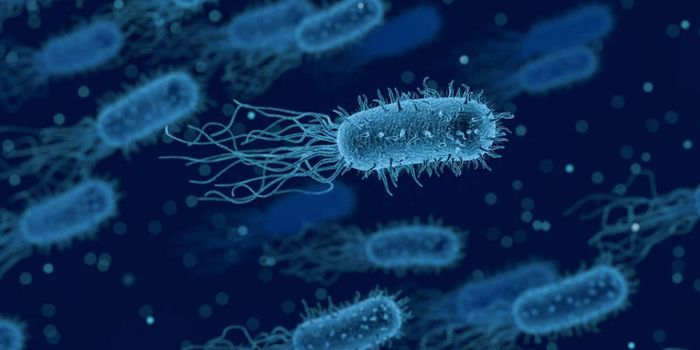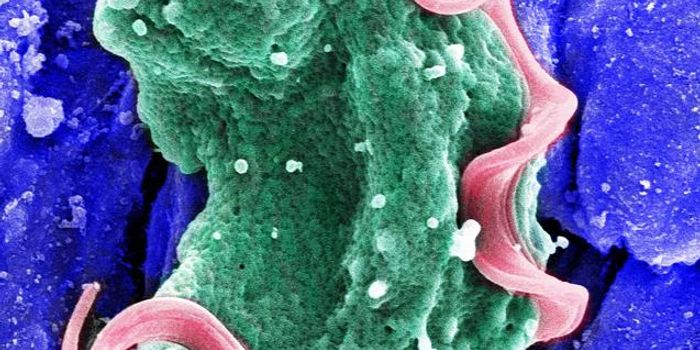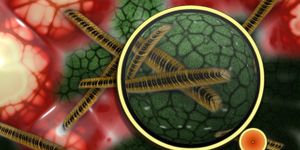Understanding Mast Cells and Their Role in Response to Allergens
Mast cells are immune cells that responds to different pathogens, such as bacteria and parasites. In response to these pathogens, mast cells release different chemicals, such as histamine and heparin, as well as other cytokines and growth factors. These different chemicals and proteins dictate how the immune system should react. Mast cells play a major role in allergies and cause swelling and sometimes allergic reactions. Historically, mast cells are critical for the inflammatory response because they “sound the alarm” when invaders enter the body. For this reason, they are found under the skin, near blood vessels, in the lungs and intestines, and throughout the body in connective tissue.
Although scientists understand part of what mast cells do, it is still unclear why they exist. Other cells also take perform the function of excreting different chemicals to elicit an immune response. Therefore, Dr. Hans-Reimer Rodewald and his team in the Division of Cellular Immunology at the German Cancer Research Center set out to understand what mast cells do more directly. Dr. Rodewald and his team recently reported in Nature that mast cells act like sensors to avoid contact with allergens to generate an allergic reaction.
The research team used a combination of experiments to determine this allergen avoidance mechanism. In one study, the researchers immunized mice to ovalbumin, a protein found in egg whites and a common protein used in immunological studies. After immunization, the mice were allowed to drink regular water or water containing egg whites. Immunized mice avoided the egg white water, while the non-immunized mice preferred it. However, when they repeated the experiment with mice that did not have mast cells, both immunized and non-immunized mice preferred the egg white water. Mice that could not produce IgE, an antibody released by different immune cells to release histamine during an allergic reaction, also preferred the egg white water (regardless of whether they were immunized or not). Therefore, the scientists concluded that both mast cells and IgE are responsible for avoidance behavior.
Further studies demonstrated that when immunized mice (with mast cells and IgE) had no choice but to drink the egg white water, they developed gastrointestinal inflammation. This indicates that this avoidance behavior is mediated by mast cells and helps to protect the animal from adverse immune reactions.
Scientists were then curious how mast cells signaled to the brain how to avoid certain allergens and food. Since mast cells release different chemicals and proteins that would mediate brain activity, researchers decided to study leukotrienes, which are pro-inflammatory proteins released by mast cells that activate nerves in the brain. By blocking leukotrienes, the immunized mice that avoided the egg white water lost the avoided behavior. These results help establish the mechanism by which mast cells dictate behavior.
Overall, mast cells mediate avoidance behavior through IgE antibodies and leukotrienes. Dr. Rodewald and colleagues, for the first time, established the link between mast cells and avoidance behavior. These findings will have major implications in the field by further enhancing our understanding of mast cells to develop better therapies for highly allergic people and also help link behavior to the immune system.
Reported, Dr. Hans-Reimer Rodewald, Division of Cellular Immunology, German Cancer Research Center, Nature








